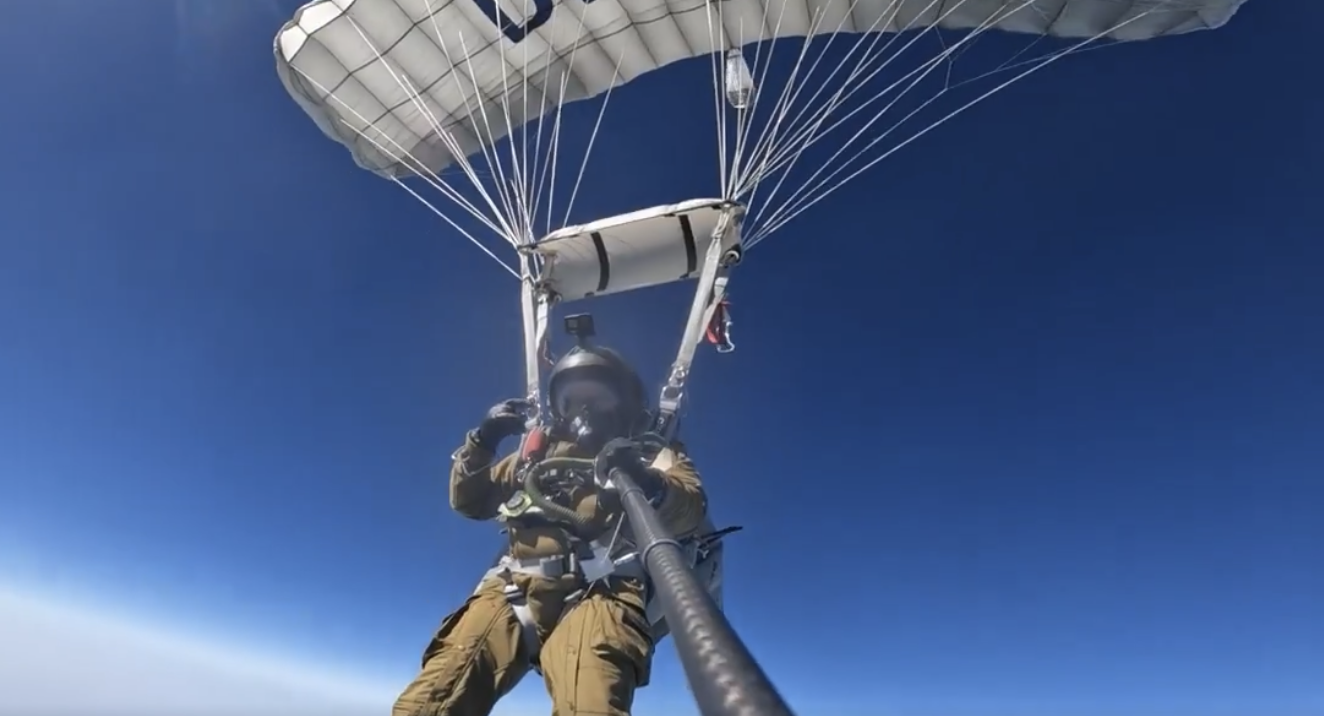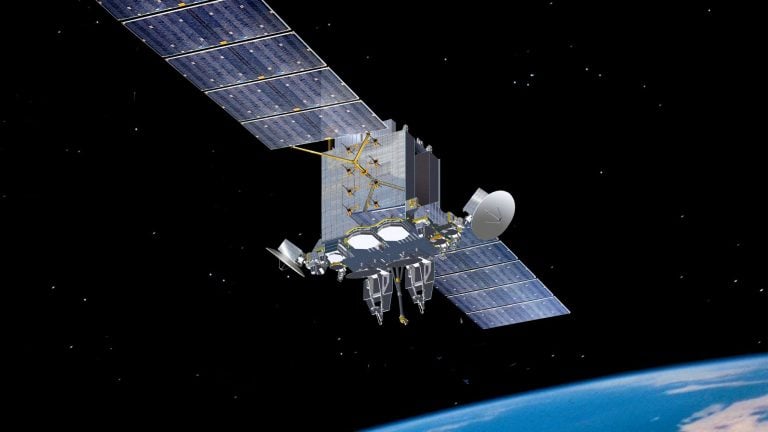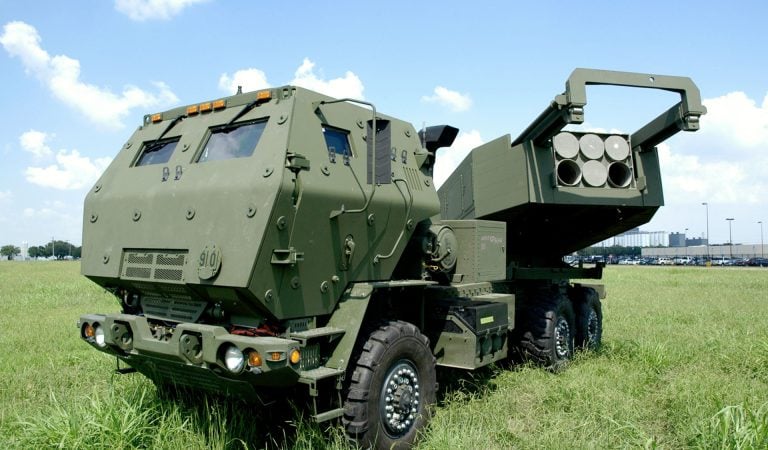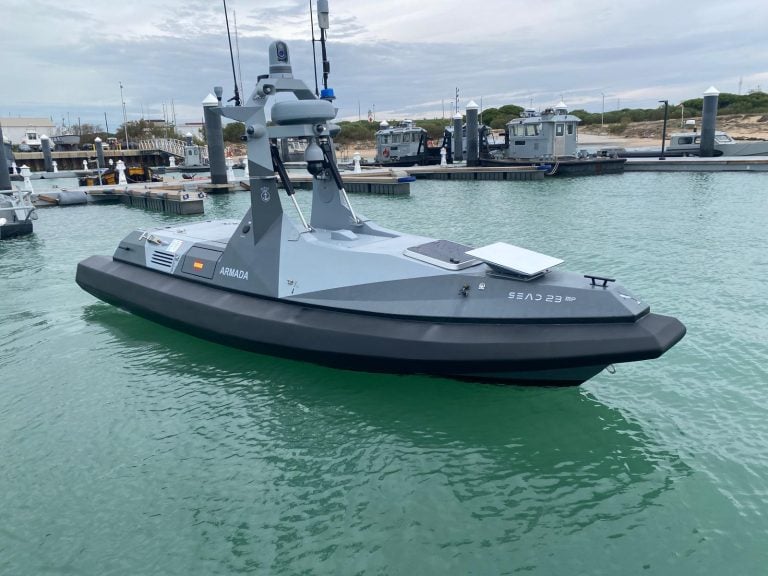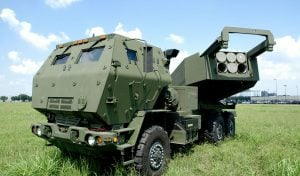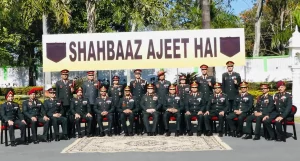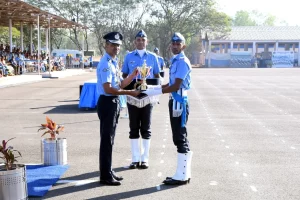India’s defense capabilities have taken a significant stride forward with the successful testing of its indigenously developed military combat parachute system (MCPS) from an impressive altitude of 32,000 feet (9,753 meters). This achievement highlights the nation’s commitment to enhancing self-reliance in defense technology.
Conducted under tough subzero conditions, the test was aimed at evaluating the parachute’s reliability and performance when deployed from an aircraft. The parachute met expectations during this high-altitude trial, proving its capability to support combat operations in extreme conditions, as reported by state-owned DD News.
The MCPS was developed by the Defence Research and Development Organisation (DRDO) in collaboration with the Indian Air Force. Designed to improve the safety and operational effectiveness of paratroopers participating in missions within difficult terrains—particularly high-altitude border regions—the system is pivotal for future military engagements.
Before the MCPS is fully deployed, it will undergo further assessments to ensure its readiness for large-scale production and service integration. One of the key benefits of the MCPS is its indigenous design and the utilization of locally sourced materials, which not only makes it cost-effective but also adaptable to the specific requirements of the armed forces.
Samir V. Kamat, Chairperson of DRDO, characterized the successful test as a “major step towards self-reliance in the field of aerial delivery systems.” This accomplishment underscores India’s growing capacity to design and manufacture advanced defense systems domestically, aligning with the government’s broader “Aatmanirbhar Bharat” (self-reliant India) initiative.
The MCPS has been developed to replace previously imported equipment, addressing the operational needs of India’s airborne troops. It features both main and reserve parachutes optimized for free-fall operations from altitudes up to 35,000 feet. This advancement allows paratroopers enhanced control and stability during their descent, which is critical in combat scenarios.
Going forward, the DRDO plans to conduct further tests of the MCPS across various environmental conditions, including desert and maritime settings, to validate its versatility for different operational theaters. Moreover, the Indian Air Force and Army are exploring the potential integration of the parachute with advanced oxygen systems and navigation aids, particularly for use in special operations.
In addition to the MCPS, India is bolstering its airborne capabilities with complementary systems such as the indigenous Advanced Towed Artillery Gun System. Recently, the government placed an order for 300 locally manufactured 155mm towed guns, amounting to $805 million, marking it as one of the largest defense contracts in recent history.
